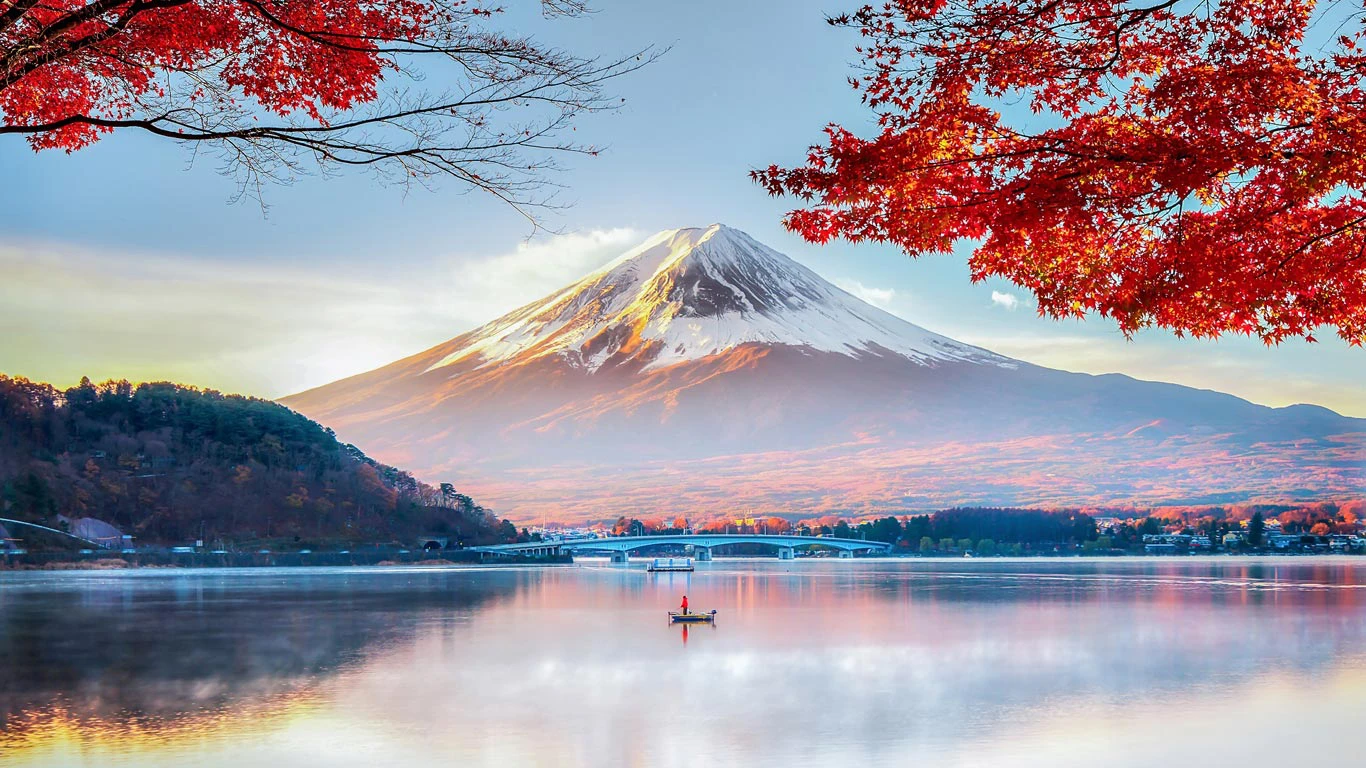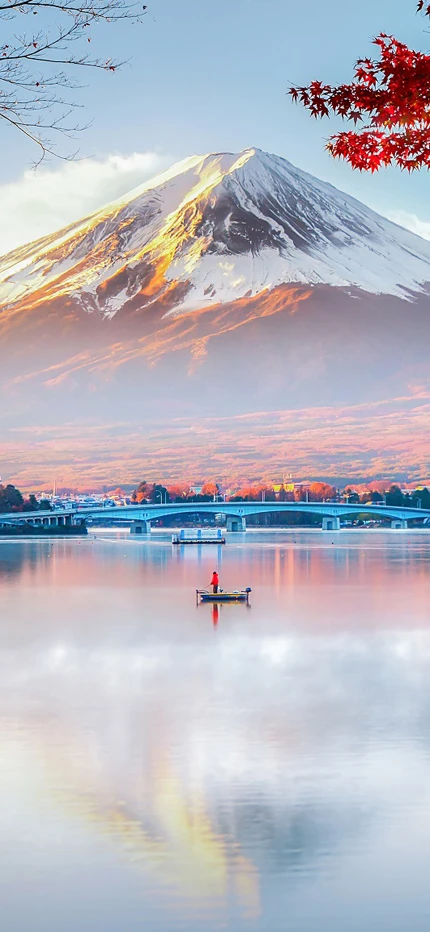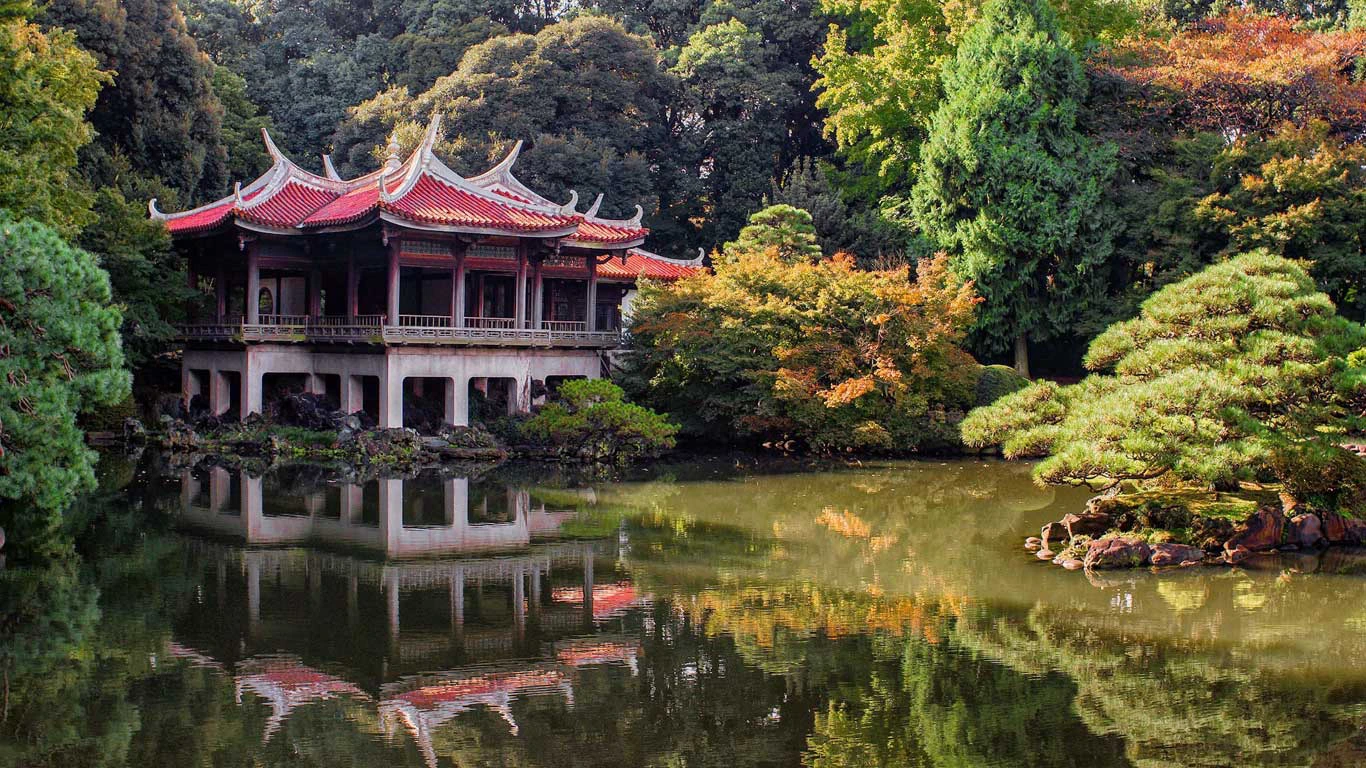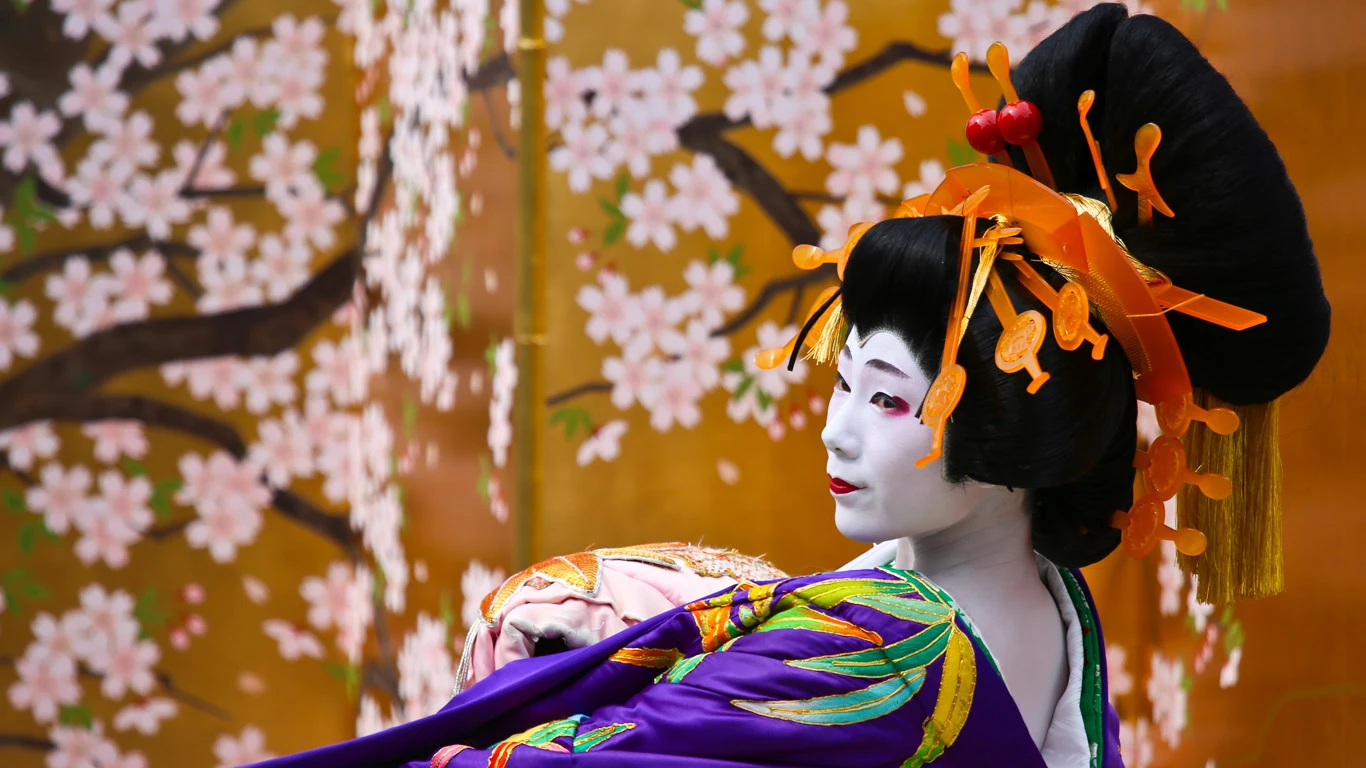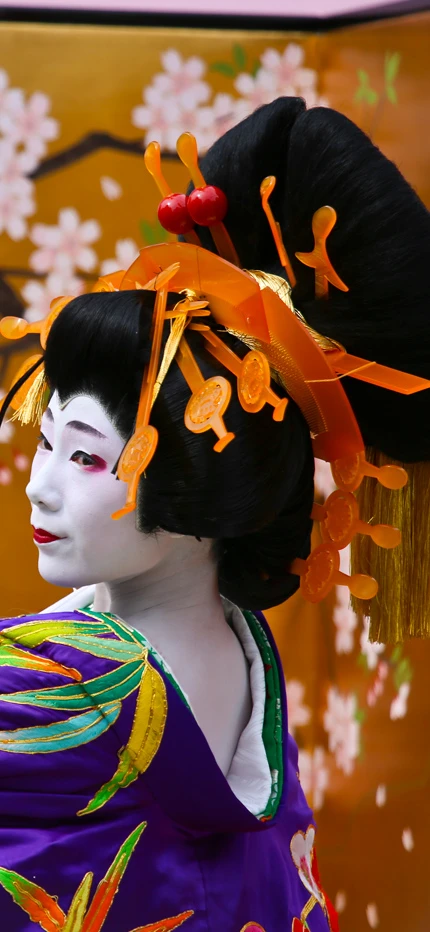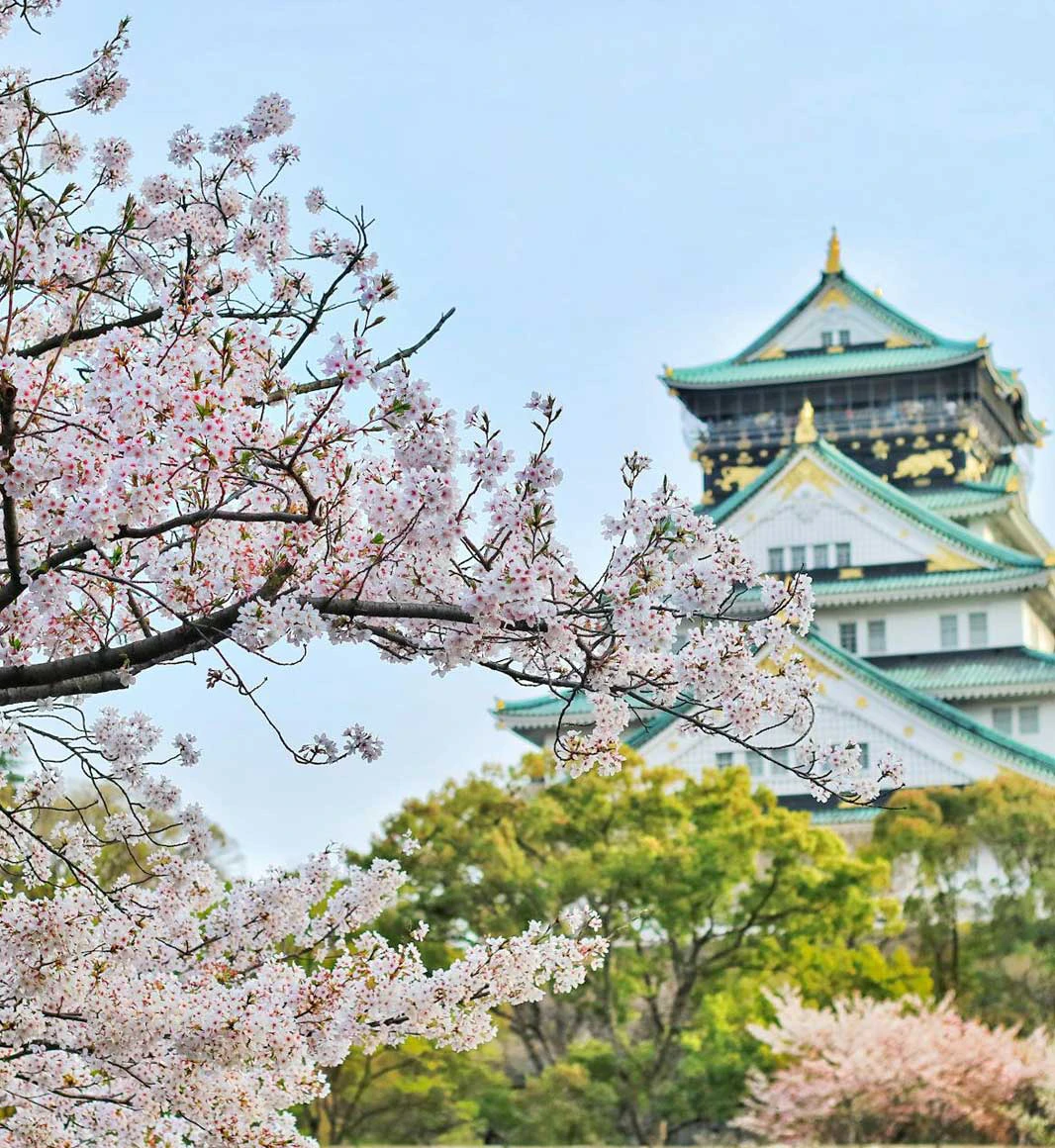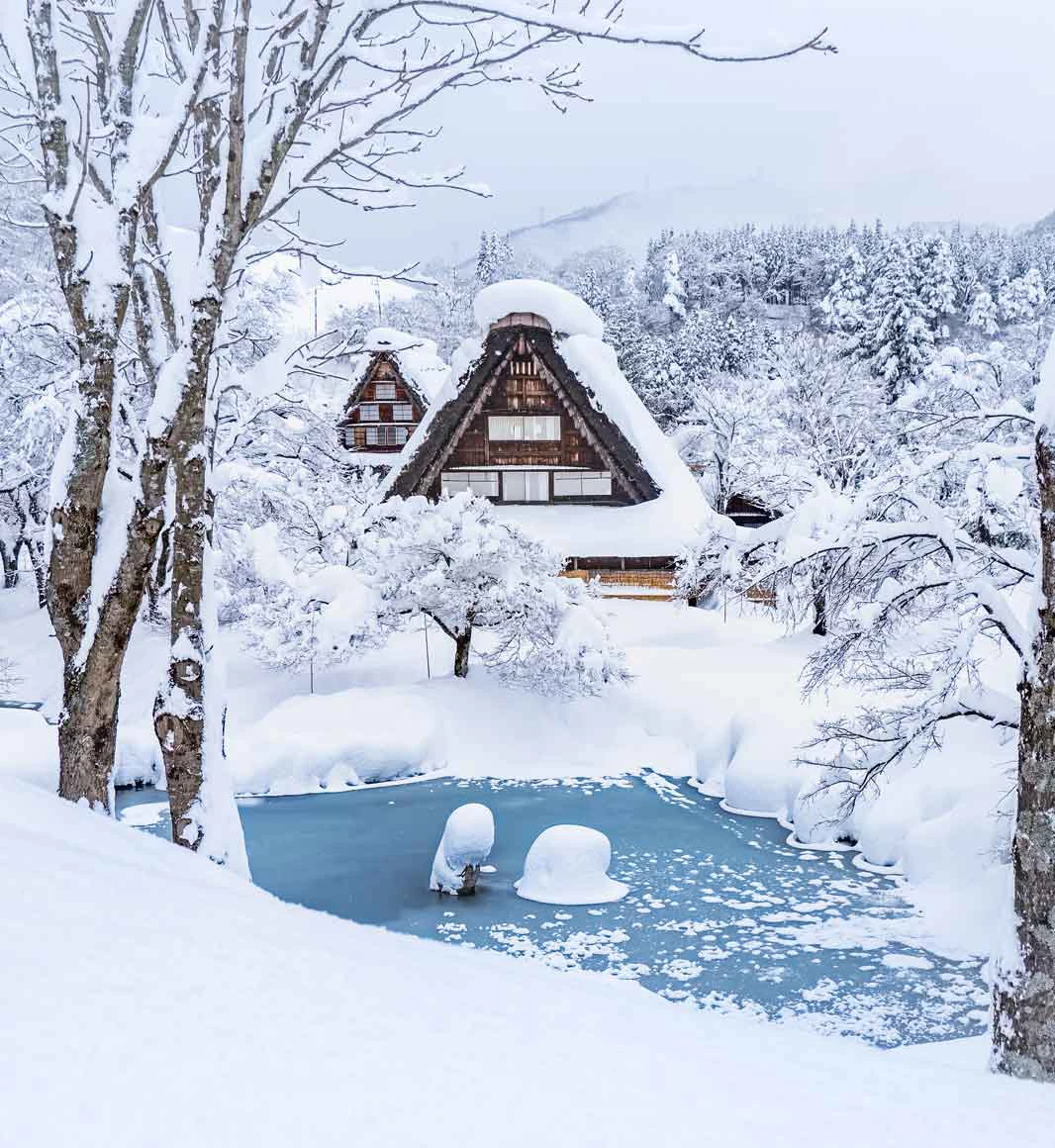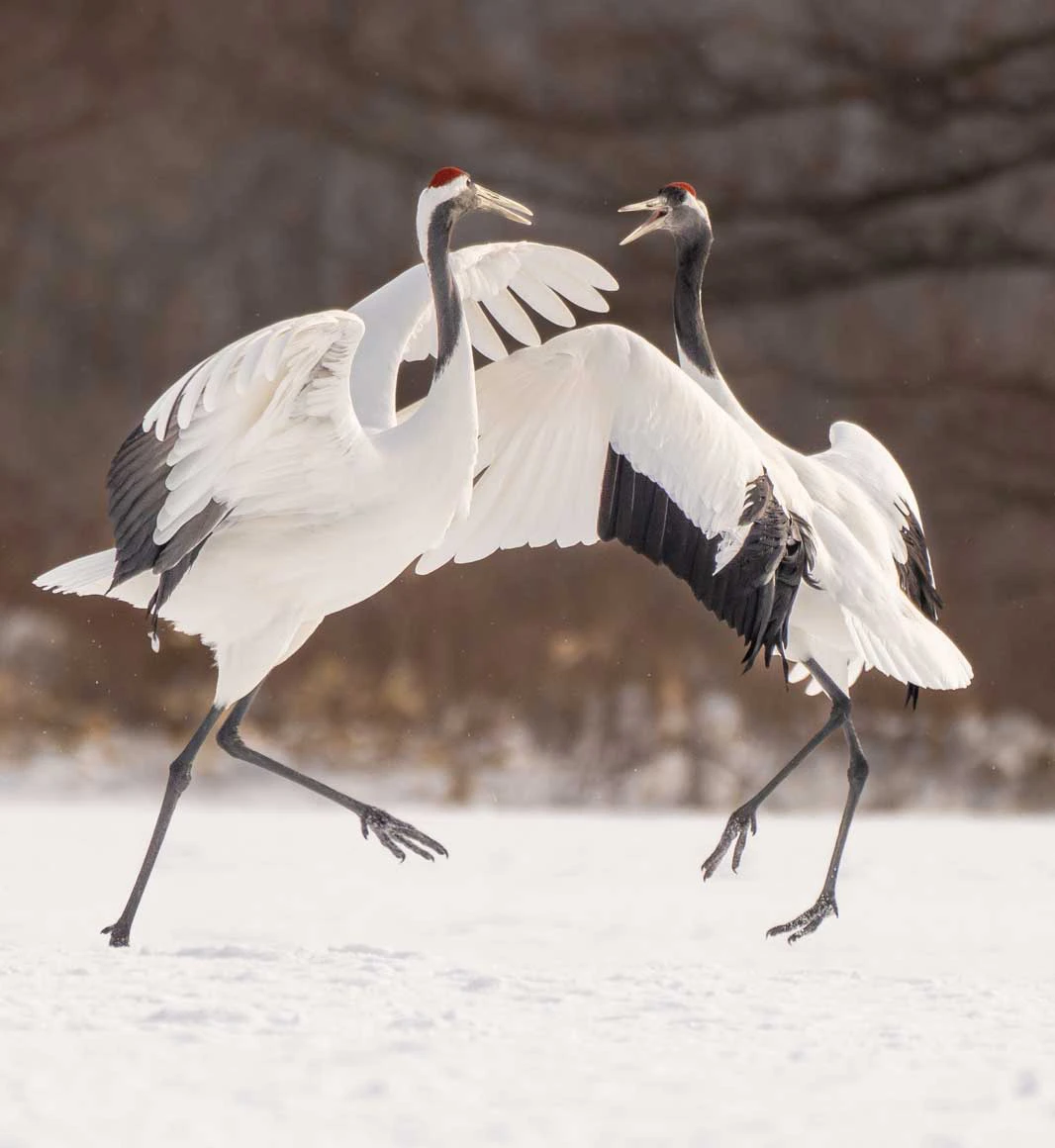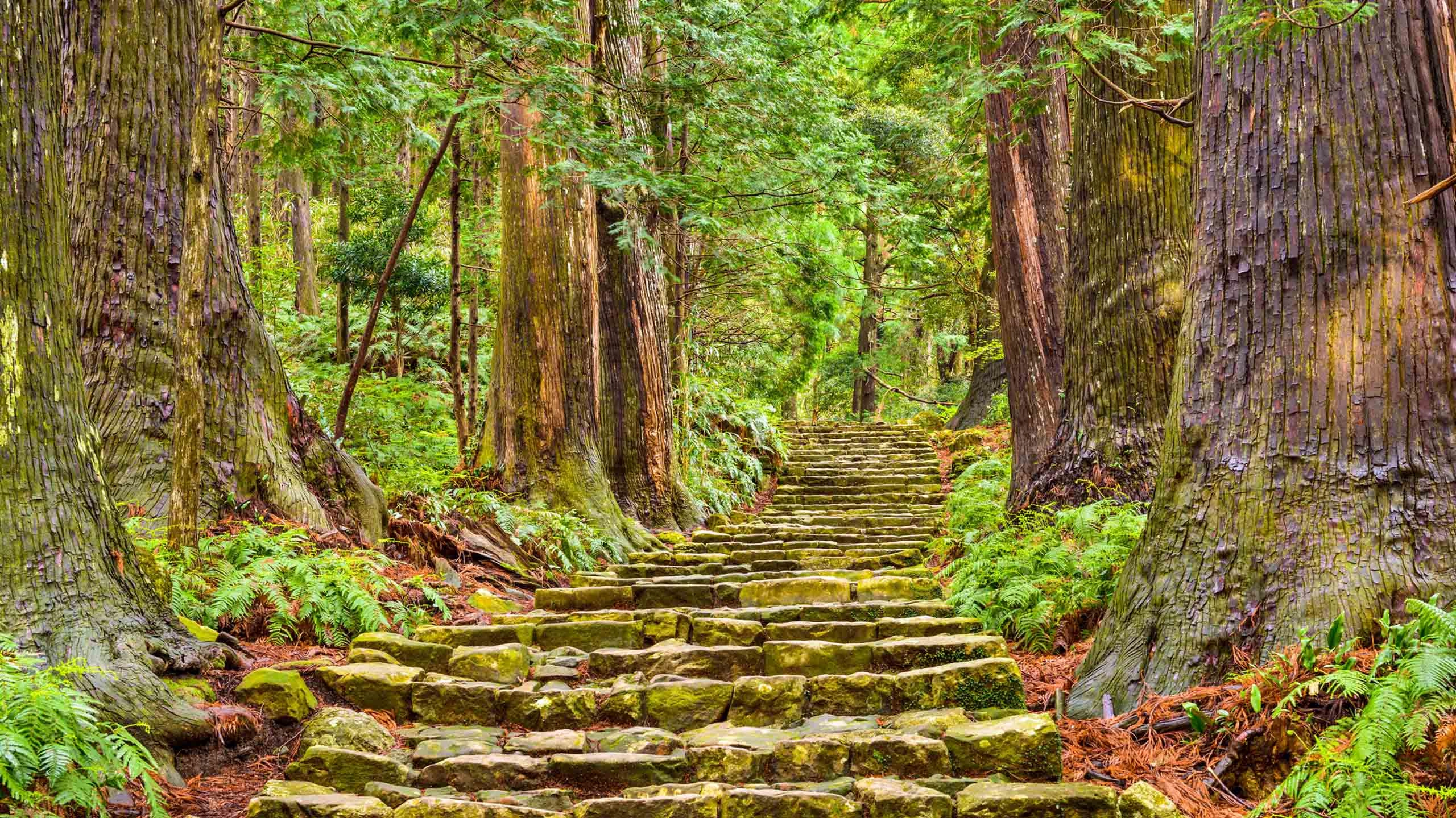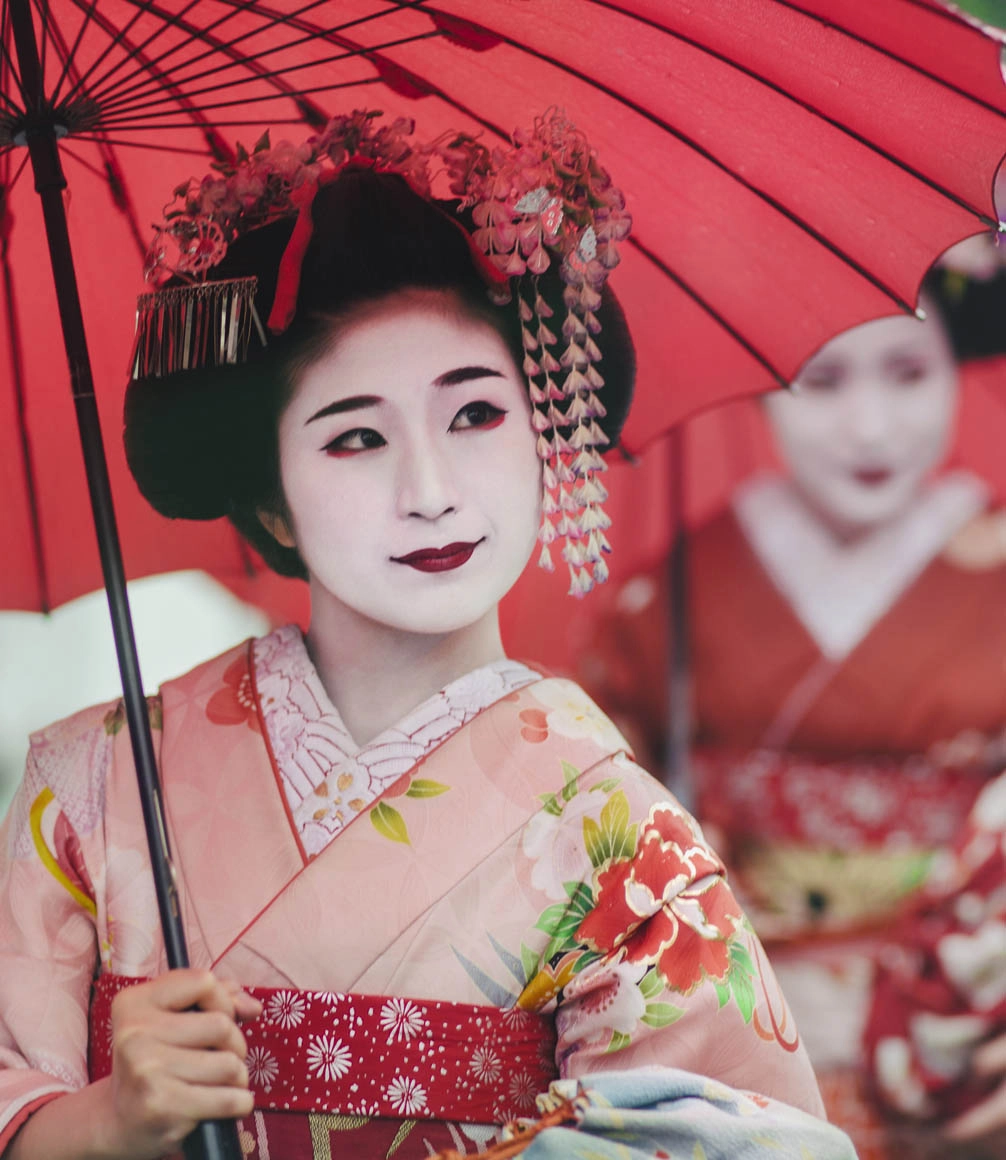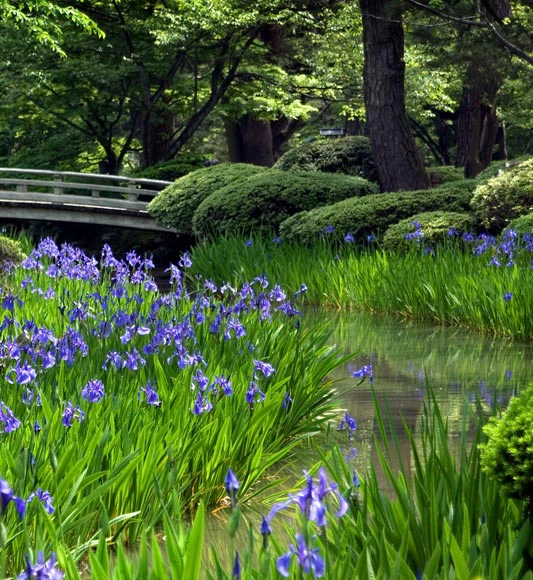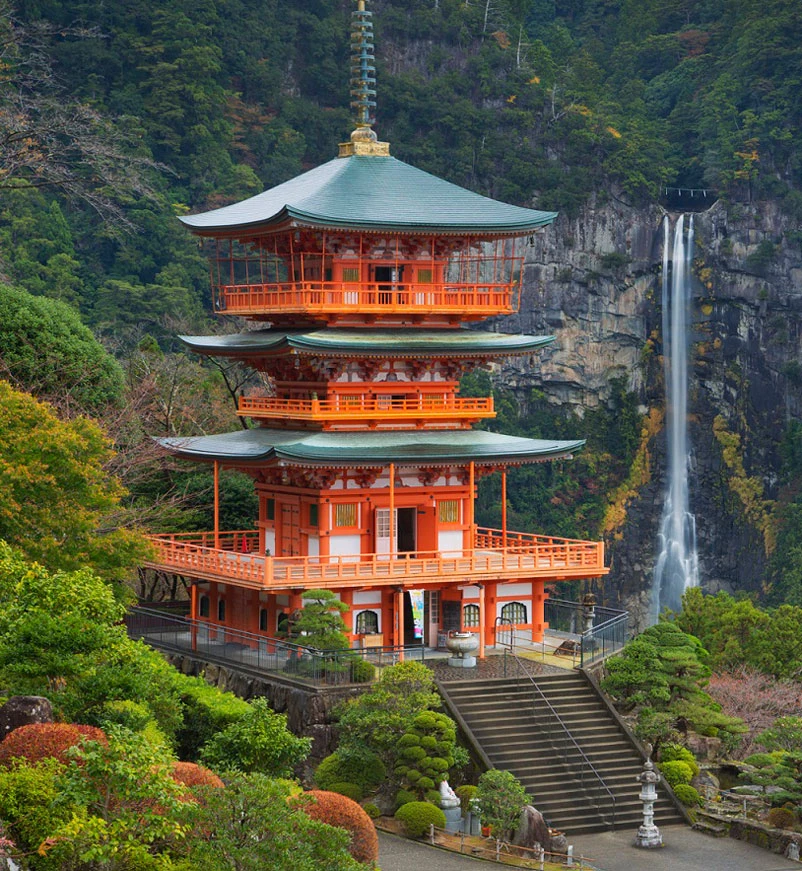Bespoke Japan Adventures
A visit to the Land of the Rising Sun will challenge your preconceptions: about Japan, about life, about yourself.
Its contradictions, between ancient and modern, rural and urban, conservative and open are very much part of the appeal. For every tea ceremony and kimono-clad geisha, there’s a bento box and Issey Miyake-clad fashionista. For those who have never been, Japanese culture can appear aloof, impenetrable, even alien. Experienced the right way, though, it holds myriad treasures. And the secret to unlocking treasure is to have the right key. To experience Japan with Explorations is to hold the keys to the kingdom.
Ready to take the road less travelled?
Highlights of a luxury Japan vacation
"While Japan’s cultural pull is irresistible, its natural wonders sometimes verge on the miraculous."
In Japan what you do and where you go isn’t as important as how you experience the country and especially who you have on hand to reveal its secrets. Our highly connected hand-selected private hosts and guides can open doors to hidden worlds. Through them, you’ll have access to the country’s greatest chefs for a private masterclass in kaiseki cuisine or a forager who knows exactly where the best matsutake mushrooms can be found. You’ll meet the country’s most accomplished exponents of anime, pottery and calligraphy. You’ll be taken to the best rooftop spots in Tokyo and into Kyoto’s most secret gardens.
While Japan’s cultural pull is irresistible, its natural wonders sometimes verge on the miraculous. You could, for instance, one day be tramping through the cold snowy landscapes of Hokkaido in search of overwintering red-crowned crane, and a couple of days later be snorkelling with a manta ray above the shimmering coral reefs of Iriomote. You can chase the spring cherry blossom as the country begins to blush northwards, or change direction and follow the blaze of the fall colours south. There are walking trails through the mountains that will lead you to great ancient cedars that will rekindle your belief in the sacred, and monkeys relaxing nonchalantly in steaming natural pools.
One of the joys of luxury holidays in Japan is that everything runs like clockwork. When the shinkansen is timetabled to depart Osaka at 11:17, it will depart at 11:17. This allows us to be very precise in delivering the amazing experience you deserve. Such a dependable infrastructure, combined with incredibly high standards of service, make Japan a dream for demanding clients and, indeed, families. A large part of the experience in Japan is where you stay, and options run from sleek and cutting-edge western design hotels to traditional ryokans, Zen-like sanctuaries of calm with tatami mats for a bed, often an onsen for unwinding, and usually exceptional food. They are bound by convention, though don’t worry if you make a faux pas – the Japanese are very forgiving of foreigners. We recognise that not everyone wants to stay in a ryokan, but if you do, we know the very best.
Ready to take the road less travelled?
Unforgettable Japan Experiences
Immerse yourself in a world of exclusive, custom-crafted experiences on your upcoming trip to Japan.
Ready to take the road less travelled?
